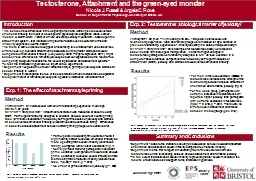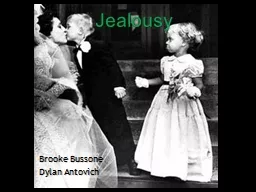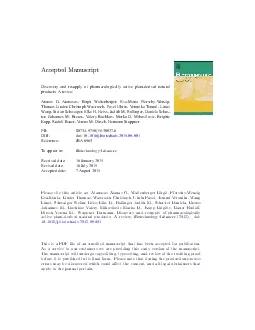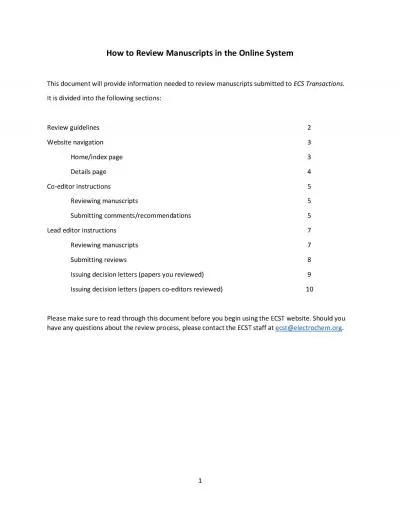PDF-Jealousy and Control By Peppermint 2003-2006 Unpublished Manuscript ww
Author : karlyn-bohler | Published Date : 2015-08-19
Jealousy presents an intractable problem for relationships both monogamous and nonmonogamous It is often a point of strife within relationships It is also a frequent
Presentation Embed Code
Download Presentation
Download Presentation The PPT/PDF document "Jealousy and Control By Peppermint 2003-..." is the property of its rightful owner. Permission is granted to download and print the materials on this website for personal, non-commercial use only, and to display it on your personal computer provided you do not modify the materials and that you retain all copyright notices contained in the materials. By downloading content from our website, you accept the terms of this agreement.
Jealousy and Control By Peppermint 2003-2006 Unpublished Manuscript ww: Transcript
Download Rules Of Document
"Jealousy and Control By Peppermint 2003-2006 Unpublished Manuscript ww"The content belongs to its owner. You may download and print it for personal use, without modification, and keep all copyright notices. By downloading, you agree to these terms.
Related Documents














